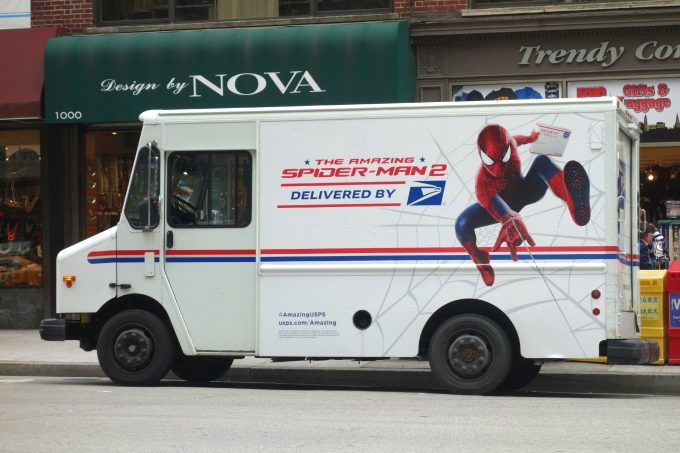Another drag on UPS Supply Chain Solutions
Still unquantified and unquantifiable

The growth of e-commerce appears impervious to the ravages of inflation or supply chain disruption, and is expected to continue growing over the coming years.
While predictions for freight growth have been scaled back, parcel traffic is expected to grow between 5% and 10% a year through to 2027, according to analysis from global parcel shipping and mailing company Pitney Bowes.
The Pitney Bowes Parcel Shipping Index shows parcel volume in the US increased 6% last year to a record 21.5bn shipments. This translates into 59m parcel orders a day, or 683 every second.
“Last year, the industry was rocked by outside influences as carriers continued to manage the impact of the pandemic. Despite these challenges, carrier revenues and parcel volumes reached a record high, showing the resilience of the US consumer and the industry’s ability to absorb their growing appetite for internet retail,” said Jason Dies, EVP and president of sending technology solutions at Pitney Bowes.
The company expects this momentum to continue over the coming five years and forecasts annual volume growth of between 5% and 10%. By 2027, US parcel volume could reach 40bn pieces, its analysts wrote.
Pitney Bowes also conducted a poll last month to gauge consumer sentiment towards e-commerce. This found 23% of American shoppers are buying more online than they had earlier this year and approximately 37% of all purchases are made online.
The index shows the delivery market firmly in the hands of the big four carriers – FedEx, UPS, US Postal Service and Amazon, which controlled 98% of parcel traffic last year. UPS had the biggest share, with 37%, followed by FedEx’s 33%, USPS’s 17% and Amazon’s volume of 4.8bn parcels represented 12%.
Smaller carriers were involved with some of those moves; Amazon handed over 3.6bn parcels to other carriers for the final mile, a steep increase from 2020, when it outsourced delivery of 2.8bn parcels.
Those small players ratcheted up significant growth last year, according to Pitney Bowes. Their collective volume increased 94%. Mr Dies said: “The index reveals that the smaller carriers are gaining momentum.
“Nimble, innovative and laser-targeted on delivering a great customer experience with competitive pricing and delivery capabilities, these challenger firms collectively doubled parcel volume and revenue in 2021.”
He foresees further gains for this group as shippers are expected to continue to diversify their carrier base.
In terms of revenue, the smaller carriers had a combined turnover of $3bn, which was 95% over their collective revenues in 2020. Altogether parcel carrier revenues in the US surged 16% last year to a total of $188bn.
As with parcel volume, UPS was the leading player, with $70bn in revenue, followed by FedEx ($62bn), USPS ($31.5bn) and Amazon Logistics ($22bn).
Amazon Logistics’ revenue grew 19%, while volume growth was 13%, which marked a steep loss of momentum from 2020, when volume shot up 112%. UPS and FedEx anticipate further growth. The latter expecting to raise revenues in the current fiscal year above $90bn, up from $84bn. After a 15% surge in revenues last year to almost $97.3bn, UPS is targeting $102bn for this year.
However, UPS’s latest result fell short of analyst expectations and failed to impress markets, which sent its share price down 5% on the day.
Comment on this article